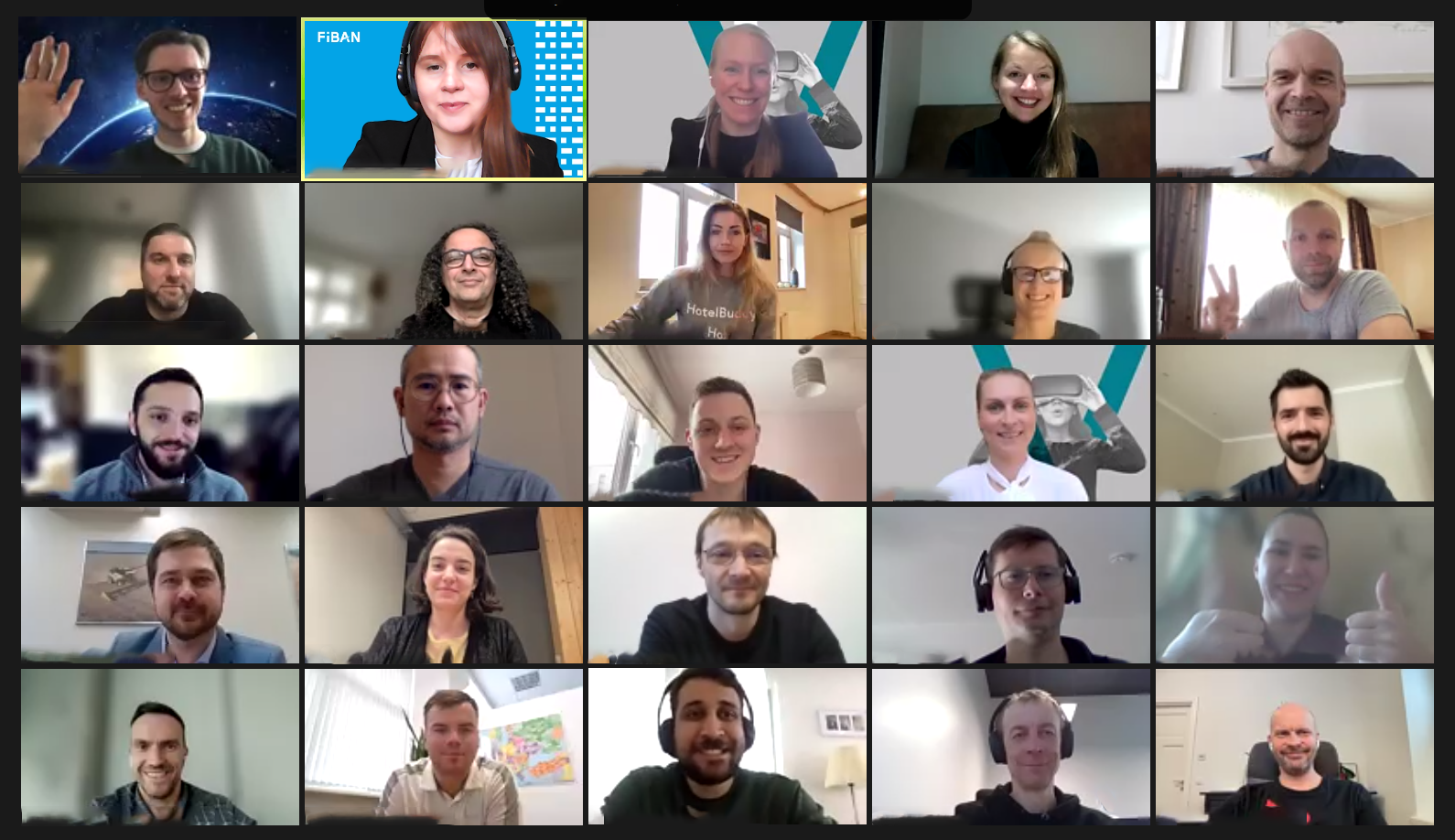
The objective of a screening process is to recognize and pick up the most promising funding applications for further review, pitch, and ultimately, for a potential investment. In FiBAN’s process, this is done by a specific committee that is open for our investor members to join. Exaggerating, one could say that the aim of the process is to find the reason to reject an application preferably sooner than later. Luckily the truth is not this dramatic: in the FiBAN screening process, we aim at giving each team constructive feedback on how to improve and succeed the next time.
Yet, the fact is that majority of applying teams do not get the invitation to pitch in front of our members. As the decisions made by the screening committee are based on the pitch deck and other information provided by the entrepreneur, these should be paid careful attention to if one wishes to convince the investors.
To help founders and teams in building a top-notch funding application, we gathered a short list of the most common pitfalls to avoid.
Common pitfalls to avoid in your startup application
- The valuation is too high
This is the most common feedback that our applicants receive. The median valuation in FiBAN members’ investments is 1M€ and the sweet spot is between 0,5-2M€. The problem is often that companies come ‘too early’ asking for ‘too much’ with a ‘too high’ valuation. Often it is better to ask for less with a lower valuation. Keep in mind that typically investors want a 10% slice. - The team is lacking knowledge
…or even worse, there is no team at all. As a rule of thumb, the team comes first, then funding. The core team should be able to cover all aspects of the business core. Typically angels are backing startups that are seeking product-market fit, not founder-idea fit, as well as teams that are committed and capable to deliver. - Not an angel investor case
The company is not doing anything novel or does not have any competitive edge in the market, or there is no significant possibility for a return on investment. Business angels expect a combination of an idea, market, and founders that make together a potential case of tens or hundreds of millions in revenue, within less than a decade. About half of the companies that get an angel investment go to bankruptcy, so angel investing is a high-risk investment. This means that there should be also a high reward, a possibility for an exit, cause that is the why for angel investments in the first place. - Lack of credibility
The case should be clearly presented with a believable story that is covered with numbers. The forecasts should be realistic and all information should be based on facts to give a trustworthy impression.
“Typically, to get investors believing the materials, founders are either domain experts and can reference past experiences, have direct access to domain experts, or have done a lot of research on the topic and can reference credible sources.”
Tomas Novotny, a FiBAN member and screening committee member
This article is the second in the “Demystifying Deal Flow” series and is based on interviews with some of the most active business angels. Next, in our blog series, we will focus on building the perfect pitch and a pitch deck.
Are you a startup ready for investment? Read more about FiBAN’s deal flow process and apply for funding here. Member, would you like to join the FiBAN Investor Screening Board? Register here.
More information:
Antti Viitanen
Deal Flow Manager
antti@fiban.org


